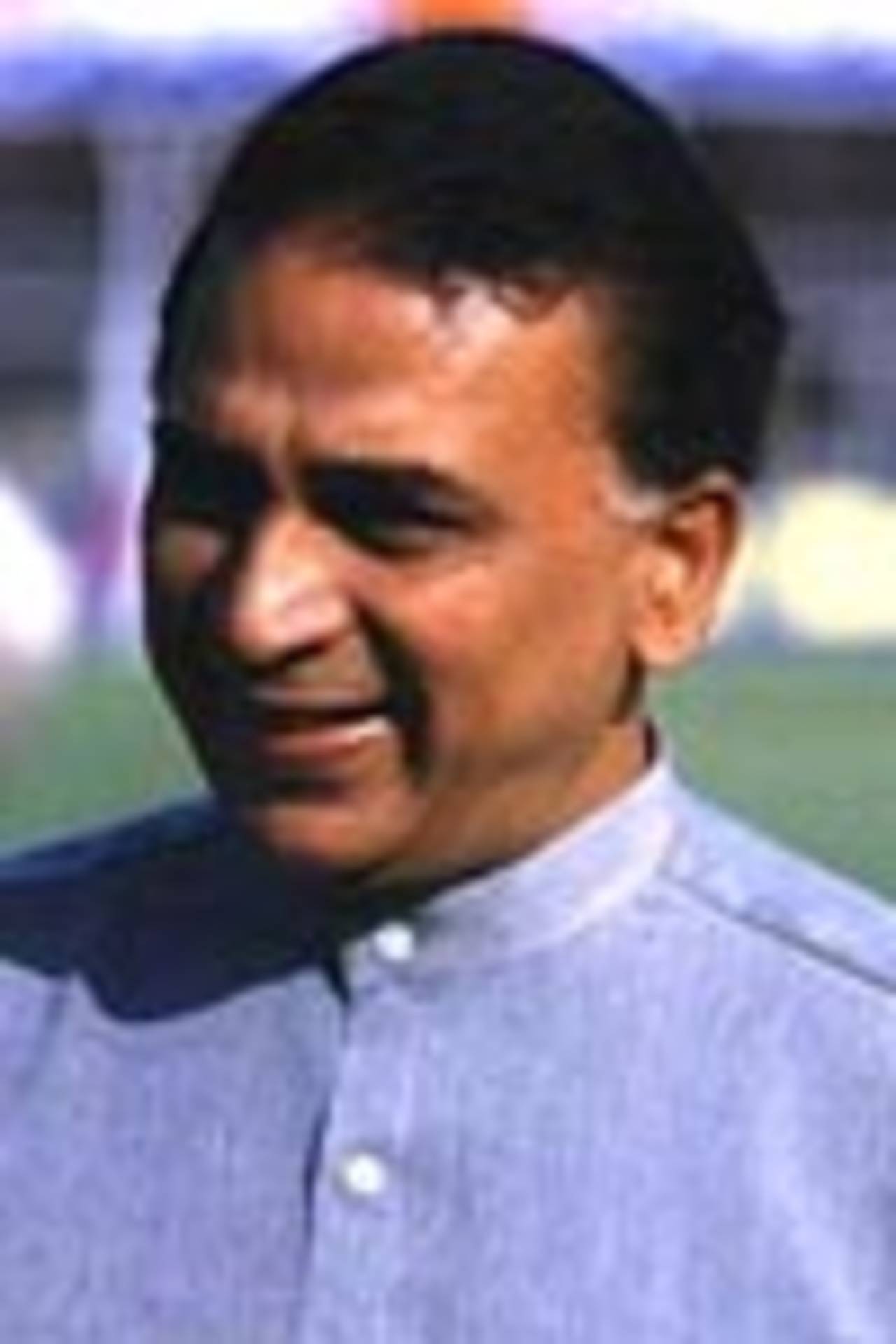Stargazing in the rain
As the drizzle continued and an expectant crowd gradually emptied out, the stadium’s sound system keeps up a steady stream of modern rock hits to keep the feet tapping, even as the skies above the beautiful green outfield become ever darker
Dileep_Premachandran
25-Feb-2013

ESPNcricinfo Ltd
As the drizzle continued and an expectant crowd gradually emptied out, the stadium’s sound system keeps up a steady stream of modern rock hits to keep the feet tapping, even as the skies above the beautiful green outfield become ever darker. There was not much to do at the Wanderers but sample the grub and wander the corridors, bumping into a childhood hero or two. With so many cricket luminaries on commentary, the easiest thing to do to pass the time was to think up a dream team based on those present, either with SABC, SuperSport or ESPN-Star.
The first name on the teamsheet was invariably the easiest. For most Indians of my generation, and especially those fortunate enough to watch that matchless 96 in his farewell Test, the very idea of anyone else opening the batting is almost sacrilegious. Alongside Sunil Gavaskar would be a man who many reckoned was in the same league, someone who scored 508 runs in four Tests before South Africa’s dubious politics ended his international career. Barry Richards’s attacking ways would also be the perfect foil for Gavaskar’s more studied approach.
Two more South Africans follow. The first played for Australia before heading back to his native land in the mid-1980s. Kepler Wessels made a century on debut against England, and was as pugnacious as they come. Just below him in the batting order is an individual who most think of as Shane Warne’s bunny. But against teams that didn’t wear the baggy green cap, Daryll Cullinan was a formidable batsman, a fluent strokemaker who managed the transition from child prodigy to international star far better than most.
Zaheer Abbas comes next, with more than 100 first-class centuries to his name. The scourge of many an Indian attack, he combined a languid wristy approach with a tremendous appetite for runs. That desire to excel was also what fuelled Ravi Shastri’s career, even as those blessed with more talent fell by the wayside. His left-arm spin fetched him 151 Test wickets, and he remains the only Indian opener to have scored a double-century in Australia.
The allrounders’ slots are filled by Wasim Akram and Neil Johnson. The left hand of God, according to Mike Selvey of the Guardian, Akram was the most versatile pace bowler of his age, with a repertoire unmatched by his peers. Even as he raged against the dying light in the 2003 World Cup, he produced a spell of such brilliance at the Wanderers that it took the innings of a lifetime from Andrew Symonds to save Australian blushes.
Johnson, who left Zimbabwe before its cricket went to hell, is still remembered by those who watched his sterling displays with bat and ball in the 1999 World Cup. A medium-pace bowler of some guile, he could also smack them around the park, an invaluable quality to possess while coming in at No.7.
Syed Kirmani, he of the bald pate, and the flamboyant moustache, keeps wicket, a job he performed with such distinction for a decade. Apart from Nayan Mongia, none of those who succeeded him in the India cap showed the same kind of class with gloves and bat.
Allan Donald shares the new ball with Wasim. The scoreboard at the Wanderers kept flashing statistics as the rain came down, and one of the figures to be up in lights was his 5 for 29 on South Africa’s reintroduction to the international arena after the isolation years. Those that watched his searing pace and aggression that afternoon at the Eden Gardens knew that they were witnessing the start of a remarkable career, and his incredible duel with Michael Atherton at Trent Bridge in 1998 is unlikely to be forgotten by South African cricket aficionados who still wonder how that series got away.
The last man in is Maninder Singh, one of cricket’s what-might-have-beens. Blessed with wonderful loop and the ability to turn the ball prodigiously, Maninder was once heir apparent to India’s great spin tradition. Yet, within two seasons of taking 7 for 46 against Pakistan in the Bangalore Test of 1987, he was gone, lost to the twilight that also swallowed up the likes of Laxman Sivaramakrishnan.
On paper, it’s a team more suited for Test cricket, but the great players never had any difficulty adapting to the demands of the hit-and-miss version. Even Gavaskar, so derided for a 60-over crawl to 36 in 1975, finished his career with a blistering ODI century against New Zealand. And given how wonderfully he led India in the World Championship of Cricket in 1985, he’s my choice to lead this imaginary XI. On their day, they could knock over a few teams, certainly some of those playing international cricket right now.
Dileep Premachandran is an associate editor at ESPNcricinfo